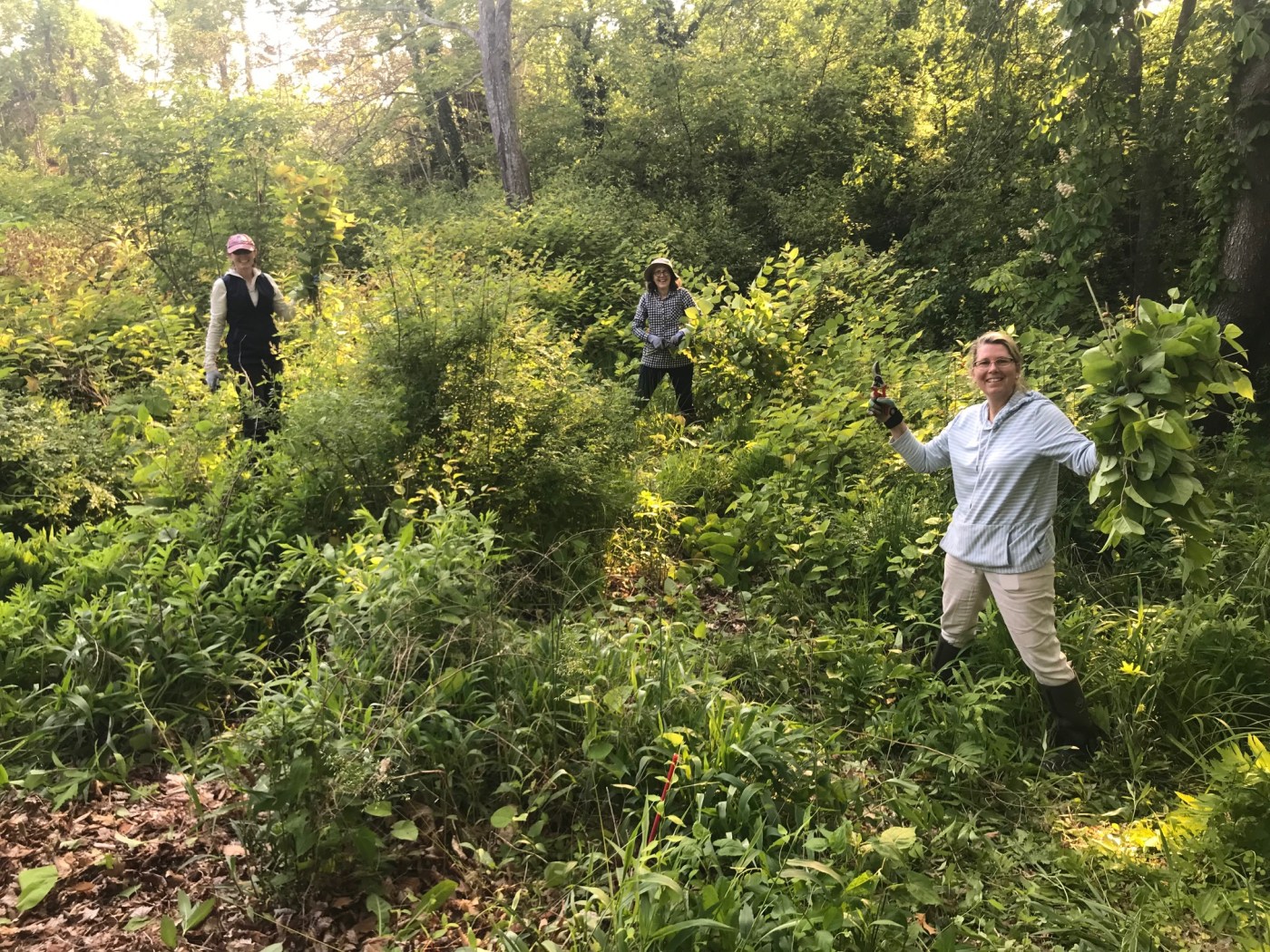Top Stories
UConn Unveils AI Tool to Combat Invasive Plants in Connecticut

BREAKING: New reports confirm that invasive plants are wreaking havoc across Connecticut, with over 102 invasive species identified. In an urgent response, a team from the University of Connecticut (UConn) is developing an innovative AI tool aimed at identifying potential invaders before they can take root.
Leading this initiative is Julissa Rojas-Sandoval, an assistant professor at UConn’s Department of Geography, Sustainability, Urban, and Community Studies. Partnering with her are UConn physicist Daniel Anglés-Alcázar and Michael Willig from the Department of Ecology and Evolutionary Biology. Together, they are harnessing the power of artificial intelligence to mitigate the increasing threat of invasive plants.
“Invasive plants are here to stay, and we need to act now,” Rojas-Sandoval stated. “The costs of removal are exorbitant, and many regions face other urgent priorities. With climate change and globalization exacerbating the issue, it’s critical to find proactive solutions.”
The latest data from the Connecticut Invasive Plant Council highlights a troubling trend: the number of invasive species has steadily risen over the past decades, with new additions like the Japanese angelica tree and Callery pear being officially recognized as invasive just last October. These plants threaten local ecosystems, forests, and waterways, making immediate action essential.
Rojas-Sandoval’s groundbreaking approach involves using machine learning to predict which plant species could become invasive based on historical data. “We analyzed traits such as reproductive patterns and previous invasion history to assess the likelihood of future invasiveness,” she explained. The results have been striking, achieving an impressive 90% accuracy in predictions.
This AI tool could revolutionize traditional risk assessments, which typically take months and significant resources to complete. “Our model can perform assessments in just one day, streamlining the process and making it accessible to regions lacking expertise,” Rojas-Sandoval noted.
The team focused initially on the Caribbean islands but envisions training the model for different geographic areas, potentially providing a global solution to the invasive species crisis. As Rojas-Sandoval stated, “If we can replicate this model elsewhere, it could become an invaluable asset in preventing the spread of invasive plants worldwide.”
The urgency of this development cannot be overstated. As invasive species continue to threaten biodiversity and ecological health, the need for innovative solutions like this AI tool is more pressing than ever. Sharing this news could help raise awareness and support for ongoing efforts to combat ecological threats.
Stay tuned for more updates as this story develops. For further information, contact Stephen Underwood at [email protected].
-

 Science1 week ago
Science1 week agoInventor Achieves Breakthrough with 2 Billion FPS Laser Video
-

 Top Stories2 weeks ago
Top Stories2 weeks agoCharlie Sheen’s New Romance: ‘Glowing’ with Younger Partner
-

 Entertainment2 weeks ago
Entertainment2 weeks agoDua Lipa Aces GCSE Spanish, Sparks Super Bowl Buzz with Fans
-

 Business2 weeks ago
Business2 weeks agoTyler Technologies Set to Reveal Q3 Earnings on October 22
-

 World2 weeks ago
World2 weeks agoR&B Icon D’Angelo Dies at 51, Leaving Lasting Legacy
-

 Entertainment2 weeks ago
Entertainment2 weeks agoMother Fights to Reunite with Children After Kidnapping in New Drama
-

 Science2 weeks ago
Science2 weeks agoNorth Carolina’s Biotech Boom: Billions Invested in Manufacturing
-

 Health2 weeks ago
Health2 weeks agoCurium Group, PeptiDream, and PDRadiopharma Launch Key Cancer Trial
-

 Health2 weeks ago
Health2 weeks agoNorth Carolina’s Biotech Boom: Billions in New Investments
-

 Entertainment2 weeks ago
Entertainment2 weeks agoRed Sox’s Bregman to Become Free Agent; Tigers Commit to Skubal
-

 Health2 weeks ago
Health2 weeks agoCommunity Unites for 7th Annual Into the Light Walk for Mental Health
-

 Top Stories2 weeks ago
Top Stories2 weeks agoDisney+ Launches Chilling Classic ‘Something Wicked’ Just in Time for October









